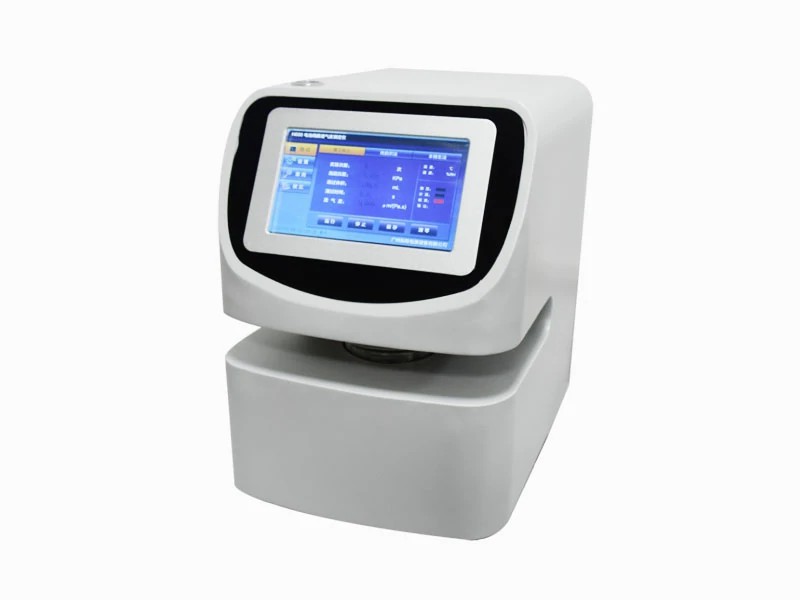La función principal del diafragma es separar las piezas del electrodo positivo y negativo para evitar cortocircuitos de la batería, pero también asegurar el paso normal de los iones durante la carga y descarga. Entonces, ¿cuál es el impacto de la permeabilidad del diafragma en el rendimiento de las baterías de litio?
(1) el impacto en el voltaje
El espesor del diafragma es más delgado, el canal de migración de iones de litio es más corto y el fenómeno de polarización será más pequeño. y la plataforma de voltaje de baja temperatura de las baterías de litio es relativamente alta. Además, la apertura del diafragma acelerará la tasa de autodescarga de las baterías de litio, reduciendo así la consistencia del voltaje de la batería. El tamaño de los poros del diafragma generalmente está entre 0,03 y 0,12 um.
(2) el impacto en la seguridad
Espesor del diafragma en la batería de litio por el impacto de objetos extraños, para proteger mejor el aislamiento interno de los electrodos positivo y negativo, de modo que un diafragma más grueso también significa que la batería es más segura. La uniformidad del espesor del diafragma incluye la uniformidad del espesor longitudinal y la uniformidad del espesor lateral, de las cuales la uniformidad del espesor lateral es particularmente importante y generalmente se requiere controlar dentro de ± 1 micrón.
Dado que la temperatura de las baterías de litio aumenta durante el uso continuo, el diafragma generalmente Tiene una característica adicional de apagado térmico. Cuando la resistencia interna de la batería de litio aumenta en tres órdenes de magnitud, se habilitará la función de apagado térmico del diafragma.
(3) El efecto sobre la resistencia interna
La permeabilidad del diafragma es proporcional a la resistencia interna de la batería de litio, es decir, cuanto mayor sea la permeabilidad del diafragma, mayor será la resistencia interna de la batería.
Además, si el electrolito puede infiltrarse completamente en el diafragma también afectará la resistencia interna de la batería. La humectabilidad del electrolito está relacionada con el propio material del diafragma y su microestructura interna. Una mejor humectabilidad conduce a mejorar la afinidad entre el diafragma y el electrolito, expandiendo la superficie de contacto entre el diafragma y el electrolito, aumentando así la conductividad iónica y mejorando el rendimiento y la capacidad de carga y descarga de la batería.
Probador de permeabilidad del diafragma de batería N600

Principio de funcionamiento Método de Gehrig: Determinación del tiempo necesario para pasar 100 ml de gas a una presión diferencial constante de 1,23 kPa. Método de Schauberger: El flujo de gas a través de la muestra se mide mediante el volumen de prueba a una presión diferencial constante de 1,00 kPa ± 0,01 kPa o 2,50 ± 0,01 kPa, y se selecciona una duración de prueba adecuada. Método de Bengtsson: el caudal de aire a través de la superficie de prueba se registra después de 5 s de sujeción a una presión diferencial constante de 1,47 kPa.
Cumple con la norma SJ_T 10171-2016 Método de prueba general para el rendimiento básico del separador de baterías alcalinas (parte de permeabilidad) GB/T 458-2008 Determinación de la permeabilidad de papel y cartón GB/T 36363-2018 Separador de poliolefina para baterías de iones de litio
Para obtener más información sobre instrumentos de prueba de separadores de baterías, contáctenos ahora

 info@gbtest.cn
info@gbtest.cn



 es
es en
en ru
ru ar
ar
